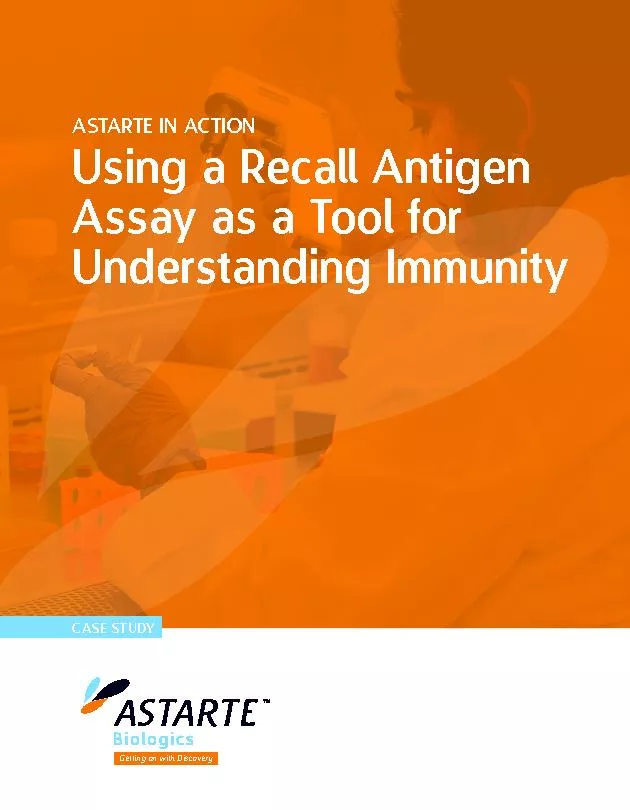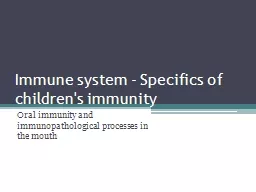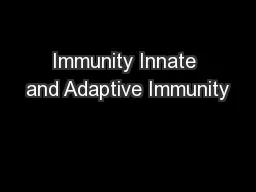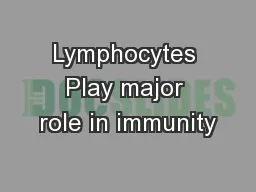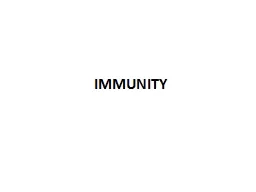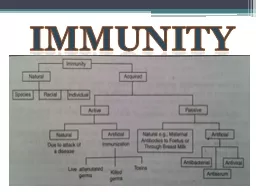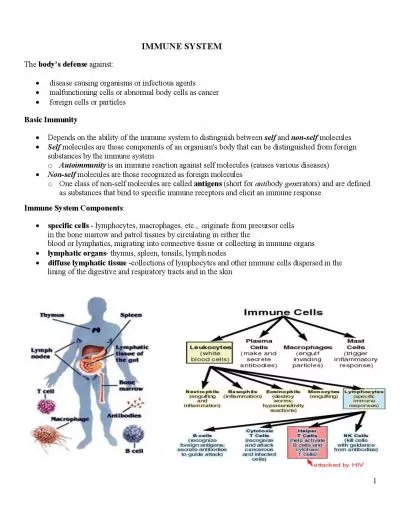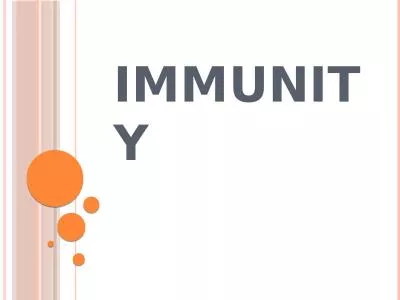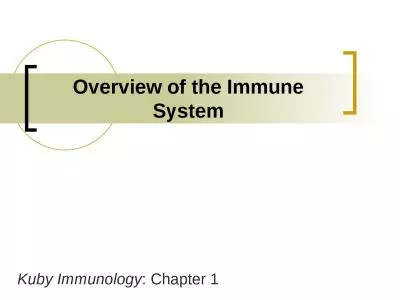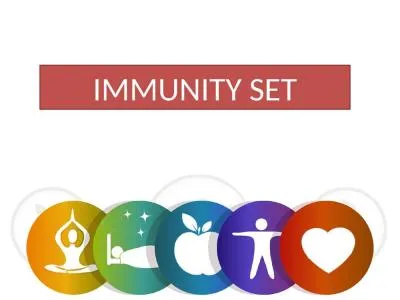PDF-Using a Recall Antigen Assay as a Tool for Understanding Immunity
Author : AstarteBio | Published Date : 2018-09-17
While there is no industryaccepted protocol for measuring the functionality of peripheral blood mononuclear cells PBMC its an important test that should be conducted
Presentation Embed Code
Download Presentation
Download Presentation The PPT/PDF document "Using a Recall Antigen Assay as a Tool f..." is the property of its rightful owner. Permission is granted to download and print the materials on this website for personal, non-commercial use only, and to display it on your personal computer provided you do not modify the materials and that you retain all copyright notices contained in the materials. By downloading content from our website, you accept the terms of this agreement.
Using a Recall Antigen Assay as a Tool for Understanding Immunity: Transcript
Download Rules Of Document
"Using a Recall Antigen Assay as a Tool for Understanding Immunity"The content belongs to its owner. You may download and print it for personal use, without modification, and keep all copyright notices. By downloading, you agree to these terms.
Related Documents

